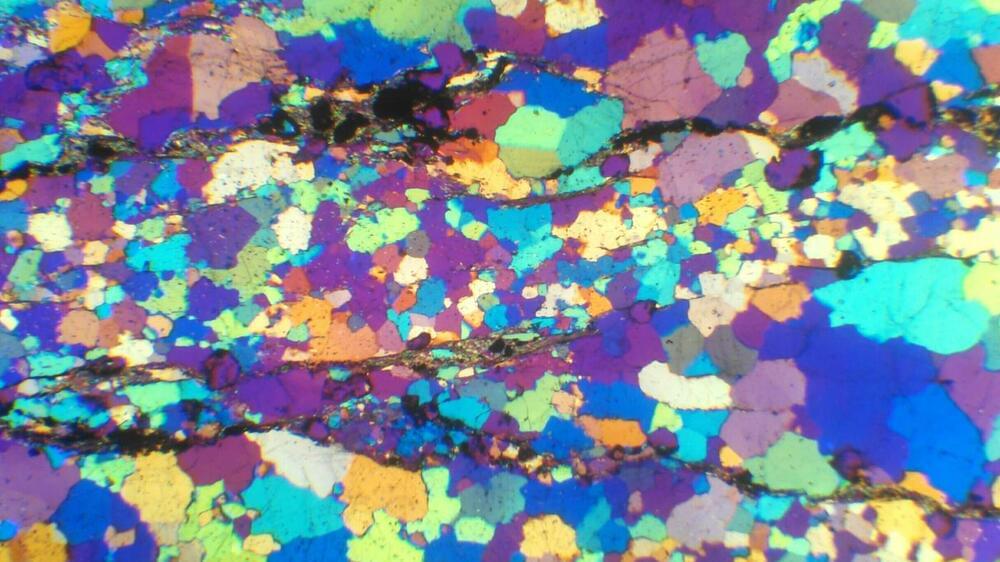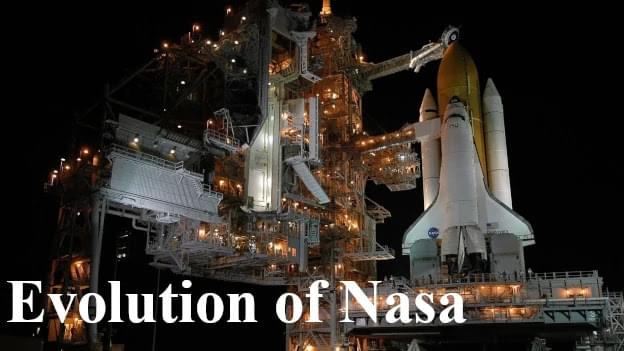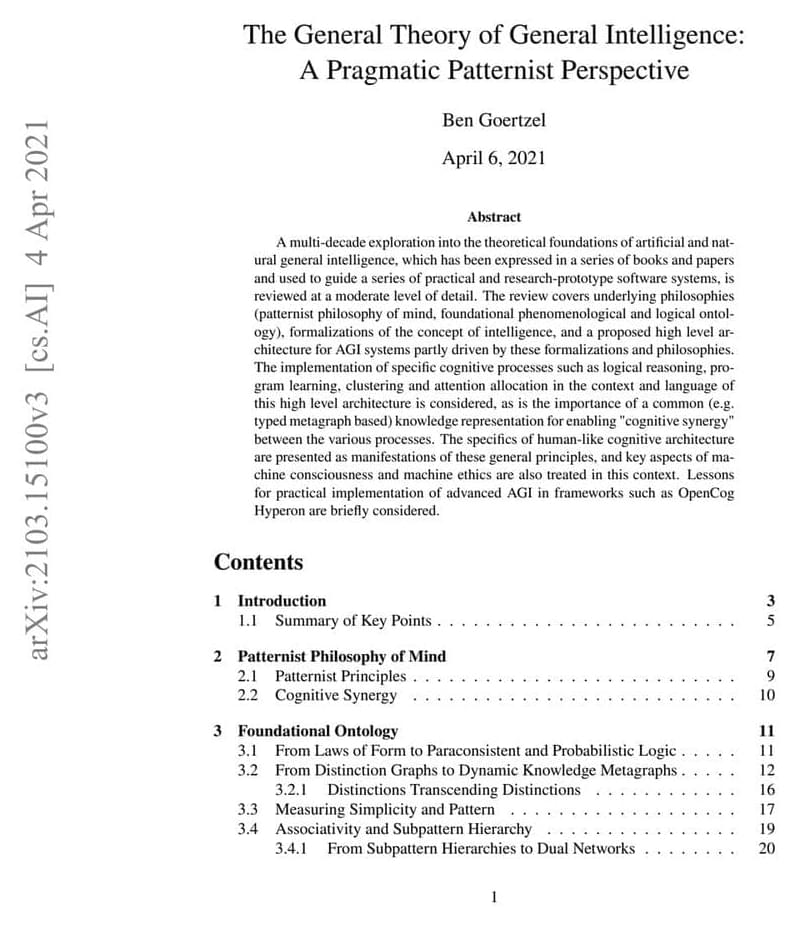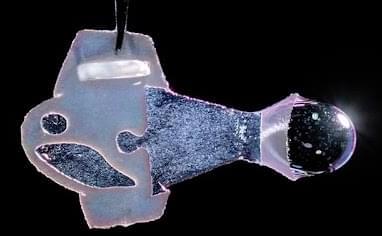Finding a material that could replace silicon is a critical task in nanoelectronics. For many years, graphene has appeared promising. However, its potential was compromised along the way because of destructive processing techniques and the absence of a new electronics paradigm to adopt it. The need for the next major nanoelectronics platform is greater than ever, as silicon is almost at its limit in supporting faster computation.
The strength of graphene, according to Walter de Heer, a professor at the Georgia Institute of Technology’s School of Physics, rests in its flat, two-dimensional structure, which is kept together by the strongest chemical bonds known.








